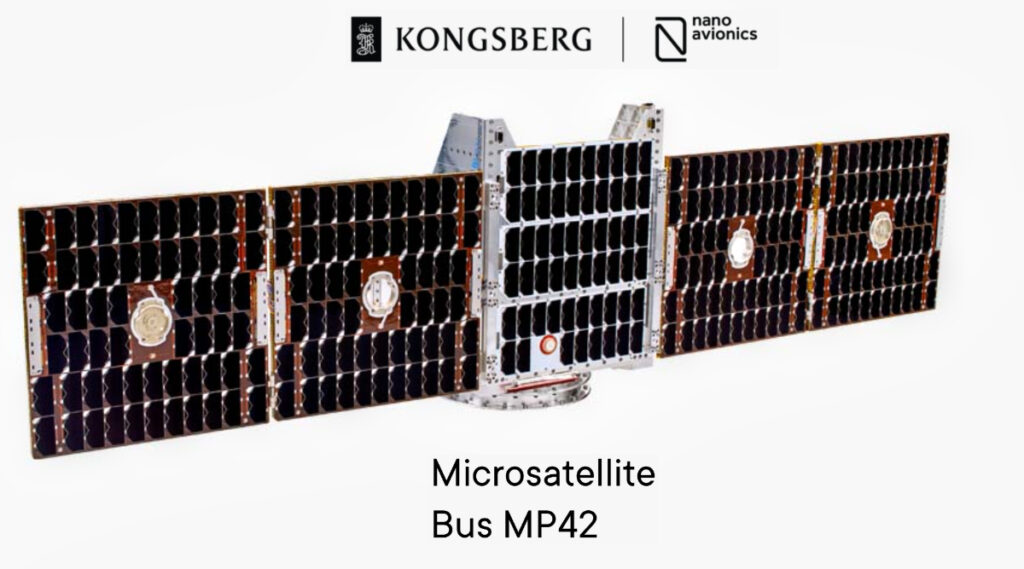
SuperSharp Space Systems Ltd. (SuperSharp), a University of Cambridge spinoff, earlier this month received a £5 million award from the UK Space Agency—these funds will enable an on-orbit demonstration of SuperSharp’s unfolding thermal infrared (TIR) space telescope for climate change mitigation applications.

In addition, the company has delivered the first prototype of its ultra-high resolution telescope, Hibiscus, which is scheduled to start space operations in Q4 of 2026. The development of this prototype was support by the Centre for Earth Observation Instrumentation and the UK Space Agency.
SuperSharp develops innovative space telescopes that capture ultra high-resolution images of Earth’s surface and that transform the economics of earth-observation imagery. With small satellites that unfold in space into large telescopes, these devices achieve up to 10x better resolution per unit cost than the current standard. With the ability to resolve single buildings and the wide field of view to capture entire cities in a single pass, SuperSharp’s mission is to enable climate change-mitigation applications, moving them from the drawing board to in-orbit deployment. Specific applications include detecting heat stress in agriculture and monitoring urban heat loss at the individual building level.
The £5 million award comes from the UK Space Agency’s National Space Innovation Program, designed to invest in high-potential technologies, drive innovation and unlock growth across the UK. SuperSharp joins seven leading innovators from the UK’s space industry, receiving £24 million in total.
Using thermal infrared imagery for sustainability applications has been spoken of for many years but has failed to make the leap into real-world deployment. The promise remains rich, including urban energy monitoring, identifying where roof insulation is missing, and early detection of heat stress in crops, to direct efficient resource use and boost yields, but a ‘Goldilocks Problem’ has proved difficult to overcome: Existing space imaging technology cannot provide detailed thermal images at the frequency that’s required. Some large, expensive satellites in LEO can capture high-resolution images infrequently, while small, low-cost satellites capture frequent but low-resolution images. While space-derived data has been used to assess the thermal efficiency of large buildings, this has not translated to smaller buildings.
SuperSharp’s approach is different, with smaller payloads that unfold in space to become large telescopes. As a result, SuperSharp can match the current state-of-the-art for imaging resolution, while at the same time maximizing the field of view: scanning an area that can cover entire urban conurbations or large-scale agriculture. The result is much greater resolution per unit cost, enabling these new climate change mitigation applications.
Last month, SuperSharp announced it had selected Kongsberg NanoAvionics’ MP42 microsatellite platform as its launch platform, in anticipation of launching in late 2026, onboard SpaceX’s Transporter rideshare service.

Marco Gomez-Jenkins, CEO of SuperSharp, said, “These are two critical milestones in SuperSharp’s history, and in the coming age of space observation for climate change mitigation. We’re proud of the vote of confidence that the UK Space Agency funding represents, and the delivery of the first prototype of our Hibiscus telescope. Our objective has always been to rewrite the economics of space imaging, through innovative technology and a user-centered approach, and we’re on our way.”

